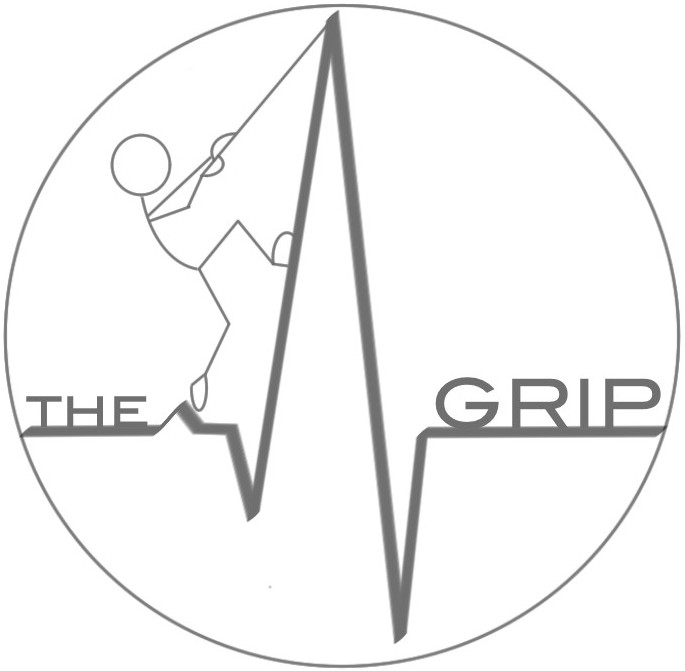Resolution of Cardiogenic Shock Using Echocardiography-Guided Pacing Optimization in Intensive Care: A Case Series
Tavazzi G, Kontogeorgis A, Bergsland NP, Price S.
Abstract
OBJECTIVE:
Inotropic and vasopressor drugs are routinely used in critically ill patients to maintain adequate blood pressure and cardiac output in patients with cardiogenic shock although potentially at the expense of increasing myocardial oxygen demand. Pacing optimization has been demonstrated as effective in reducing catecholamine requirements in patients with chronic heart failure by improving cardiac efficiency; however, there are no reports relating to the effectiveness of pacemaker optimization on cardiac output in critically ill patients with cardiogenic shock in the intensive care.
DATA SOURCES:
Retrospective data analysis.
STUDY SELECTION:
Twenty-bed adult tertiary cardiothoracic ICU, university hospital.
DATA EXTRACTION:
Eight sequential patients receiving dual chamber pacemaker with DDD modality with cardiogenic shock and hemodynamic instability refractory to catecholamines underwent echocardiography-guided pacemaker optimization of cardiac output. An iterative method with Doppler echocardiography was used to assess changes in cardiac output, left ventricular filling time, ejection time, total isovolumic time, mitral regurgitation, ejection fraction, and blood pressure at different increments of heart rate, and atrioventricular and interventricular delay. All results are shown as median (minimum/maximum level) or mean ± SD.
DATA SYNTHESIS:
Using echocardiography-guided pacemaker optimization on cardiac output, the cardiac output increased from 3.2 (2.3/3.8) to 5.7 L/min (4.85/7.1) and cardiac index from 1.64 (1.1/1.9) to 2.68 L/min/m (2.1/3.2) and the total isovolumic time reduced from 22.8 to normal values (< 14). In association, the glomerular filtration rate increased significantly except in one patient with stage IV chronic kidney disease. All inotropes and vasopressors were discontinued within 12 hours of pacemaker optimization on cardiac output, and all patients were discharged from the ICU within 1 week.
CONCLUSIONS:
Echocardiography-guided pacemaker optimization of cardiac output is a feasible bedside therapeutic option, which should be considered when standard medical treatments are insufficient for the treatment of cardiogenic shock refractory to inotropic support, thereby minimizing the detrimental effect of catecholamines.
